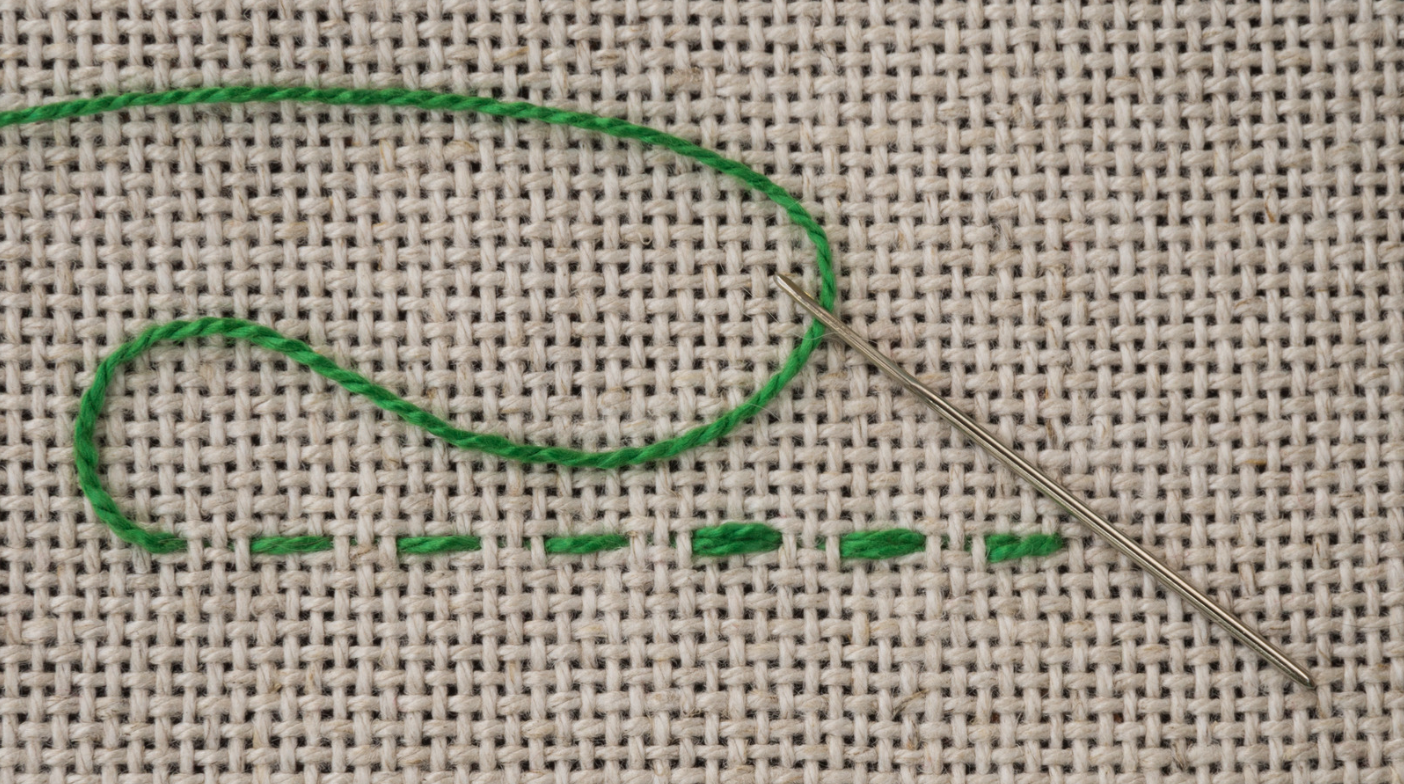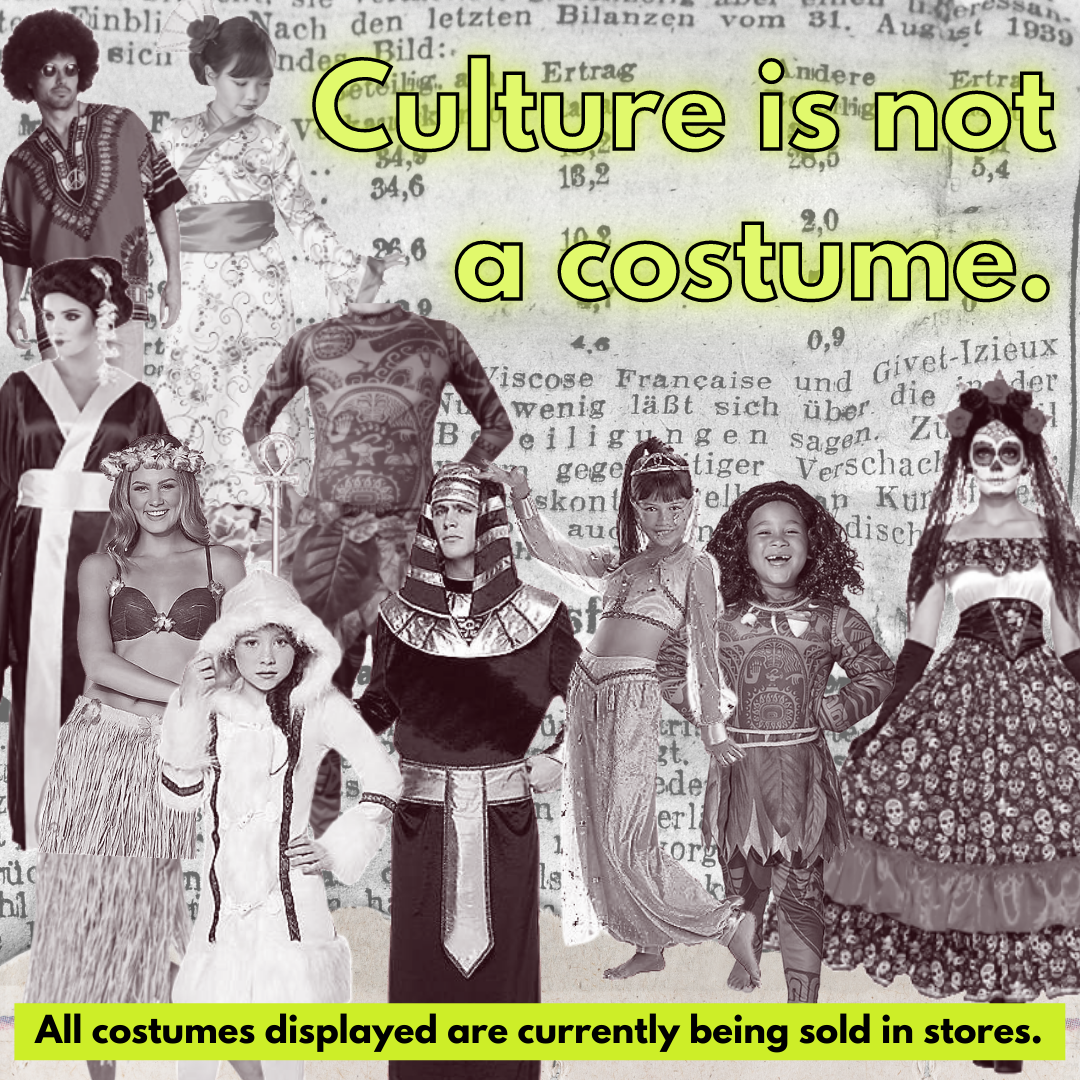
The Green Stitch Blog

What Really Happens to Donated Clothes? And what can we do with them instead?
Have you ever considered what happens to your clothes after you donate them? Or is it out of sight, out of mind? The truth is, we can't blame you. My wardrobe, just like that of many Kenyans who shop second hand, consists of clothes from all over the world. According to the 2018 United Nations Comtrade statistics, our clothes come from at least 20 countries with China, Pakistan, Canada, the UK, and the USA being at the top of our imports.

Cultural Appropriation: An Analysis of Costumes
Cultural appropriation is on the runway, it's in food trends, luxury fashion and hair styles done in photoshoots. We have heard it before, but do we truly understand the implications it has? Cultural appropriation is harmful, problematic, and it represents a general ignorance to the connections history of dress carries with white supremacy, colonialism and power hierarchies. These acts of cultural appropriation, oppression, racial stereotyping, or sexual fetishization rely on the harmful stereotypes about Black, Indigenous and People of Colour that originate from historical power dynamics. The dominant, Eurocentric culture steals experiences and elements from a group of people or culture that is experiencing ongoing systemic oppression. When we are culture appropriating we are removing culture from its context, history and knowledge perpetuating harmful interpretations, stereotypes and systemic oppression of cultural groups and individuals.
